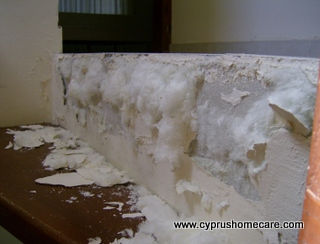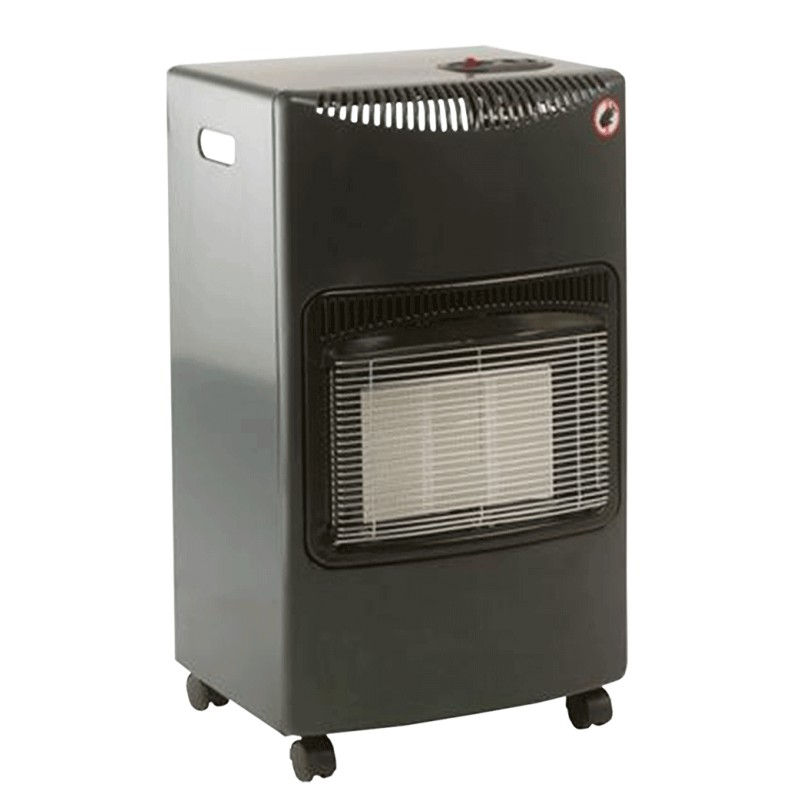Understanding the Different Types of Damp: A Comprehensive Guide
- Steve Holloway

- Jun 1
- 3 min read
Updated: Jun 2
Dampness in buildings is a common issue that can lead to costly repairs, structural damage, and health problems if not correctly diagnosed and addressed. Recognizing and understanding the different types of damp and their causes is essential for effective treatment. This guide explores the main types of damp—rising damp, penetrating damp, traumatic damp, condensation, and external sources like verandas and patios—so you can better protect your property.
Rising Damp
What it is:
Rising damp occurs when ground moisture travels upward through tiny capillaries in brick or stone walls. It often carries salts, which crystallize on the surface as water evaporates, causing unsightly deposits and damage.
Commonly found in:
Older buildings lacking a damp-proof course (DPC), or where existing DPCs have become ineffective or are blocked due to raised ground levels.
Signs:
Salt deposits, peeling wallpaper, stained or damp patches at lower wall levels along with crumbling plaster.
Prevention & Treatment:
- Install or repair damp-proof courses
- Ensure ground levels are below DPC line
- Use dehumidifiers and proper ventilation to dry out affected areas
- Remove and replace damaged plaster

Penetrating Damp
What it is:
Water seeping through the exterior walls or roof due to damage or failure of weatherproofing. Faulty roof tiles, cracked pointing, or damaged wall coverings allow rainwater to penetrate into the building.
Commonly found in:
Stormy weather conditions, especially in areas with poor external maintenance.
Signs:
Damp patches, mold growth, peeling paint, water stains on walls or ceilings.
Prevention & Treatment:
- Regularly inspect and maintain roofs and external walls
- Repair broken tiles, cracks, or damaged render
- Apply high-quality weatherproof coatings
- Ensure gutters and downpipes are clear and functioning
Traumatic Damp
What it is:
Water ingress caused by plumbing or drainage failures, often due to cracked pipes, poor installation, or blocked drains.
Commonly found in:
Cyprus and similar climates with frequent earthquakes or movement that can crack pipes.
Signs:
Localized damp patches, mold, musty odors, or water pooling around pipes.
Prevention & Treatment:
- Regularly inspect plumbing and drainage systems
- Use professional installers for plumbing work
- Repair cracks or leaks promptly
- Install pressure regulators if needed

Shower Trays and Waterproofing
What it is:
Water infiltration due to improper waterproofing of shower trays.
Signs:
Damp floors, mold around shower areas, peeling tiles.
Prevention & Treatment:
- Properly tank shower trays with waterproof membranes
- Use professional waterproofing services during installation
- Regularly check and maintain seals and grout
Very often we see cracked shower trays or shower drains just improperly fitted these leak into the cavity below shower tray and usually damage the ceiling below.
Condensation
What it is:
Moisture from humid air condensing on cold surfaces, leading to damp patches, mold, and peeling paint.
Commonly found in:
Properties without wall insulation or cavity walls, especially in winter.
Signs:
Mold growth, damp patches on walls, musty smell.
Prevention & Treatment:
- Improve ventilation (use extractor fans and open windows)
- Use dehumidifiers
- Maintain consistent indoor temperatures
- Avoid drying clothes indoors or using unvented gas heaters

External Sources: Verandas, Patios, and Roof Gardens
What it is:
Water from external features seeping into the building through tiles, grout, or cracks.
Signs:
Damp patches on internal walls or ceilings near external features.
Prevention & Treatment:
- Seal external surfaces with quality patio sealers
- Ensure proper drainage and slope away from the building
- Regularly clean gutters and downpipes

Final Tips for Damp Prevention & Maintenance
- Regular Inspections: Schedule periodic checks of your roof, walls, and plumbing.
- Address Repairs Promptly: Fix cracks, leaks, or damage as soon as possible.
- Maintain External Cladding: Keep render, paint, and sealants in good condition.
- Ensure Proper Ventilation: Use extractor fans and open windows regularly to reduce humidity.
- Consult Professionals: For persistent or severe damp issues, always seek expert advice.
Conclusion
Dampness is a multifaceted problem that requires careful diagnosis and targeted treatment. Whether caused by ground moisture, weather ingress, plumbing failures, or condensation, addressing damp early can save you money and protect your property’s integrity. Regular maintenance, proper waterproofing, and ventilation are your best defenses against damp-related problems.




Comments